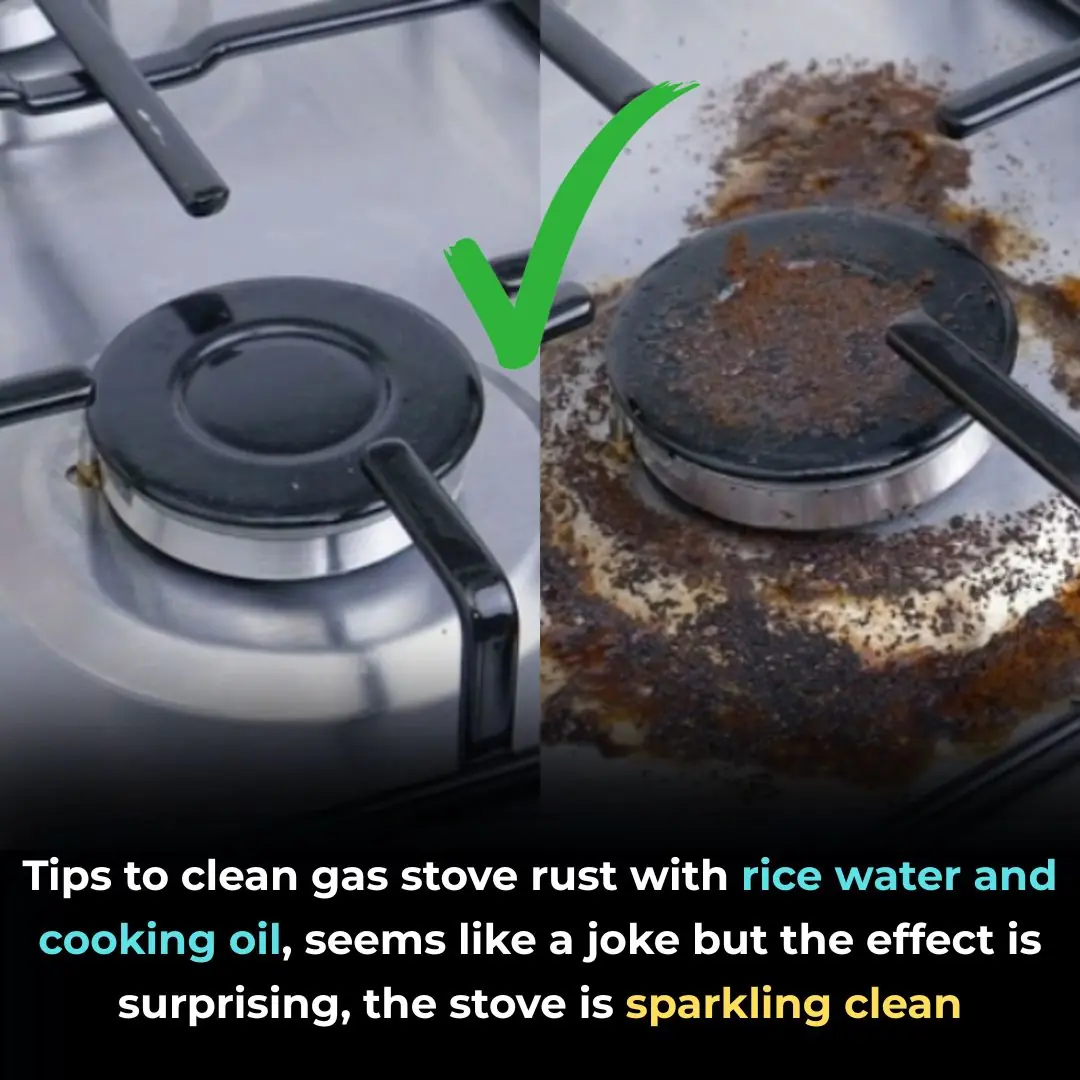
4 Plants That Attract Snakes — Remove Them Immediately to Stay Safe
Many homeowners are unaware that some common plants can actually attract snakes into their gardens or homes. According to wildlife experts, certain plants provide ideal shelter or attract the small animals snakes feed on, making them potential snake magnets. If you have any of the following species around your home, it may be wise to remove them immediately for safety reasons.
1. White Snake Tongue Grass (Oldenlandia corymbosa)
Also known as bạch hoa xà thiệt thảo in Vietnamese, this creeping herb thrives in moist, shaded areas such as roadside ditches and garden corners. It is commonly found across tropical Asia, including northern, central, and southern Vietnam.
Although this plant is often used in traditional medicine for its cooling and detoxifying effects, it is also believed to attract snakes because it provides excellent ground cover and moisture — two things snakes love. The dense foliage offers them protection from predators and the sun.
(Source: National Geographic, “How to Snake-Proof Your Yard,” 2023)
2. White-Flower Peacock Tail (Plumbago zeylanica)
Locally called bạch hoa xà, this plant grows well in humid environments and is used in herbal remedies for conditions such as skin inflammation, liver ailments, and even certain cancers.
However, experts caution that its mild fragrance and shaded environment tend to attract insects and small reptiles — which in turn lure snakes searching for food. Snakes often use these areas as resting or nesting spots.
(Source: BBC Earth, “Understanding Snake Behavior in Domestic Gardens,” 2022)
3. Purple Sandpaper Tree (Antidesma bunius)
When fruiting, the sa nhân tím (purple sandpaper tree) produces sweet, berry-like fruits that attract rodents, squirrels, and small birds. These small animals are natural prey for snakes.
Consequently, during fruiting season, snakes often visit these trees in search of an easy meal. This plant usually grows in humid valleys, near forest edges, and along streams — areas that are already ideal habitats for snakes. For safety, it’s best to avoid planting or approaching these trees during the fruiting period.
(Source: The Guardian, “How Snakes Choose Their Habitat,” 2023)
4. Overgrown Shrubs and Dense Ground Cover
Although not a specific species, overgrown bushes, vines, and ground-covering plants are natural hiding places for snakes. These areas not only provide shade but also attract frogs, insects, and small rodents — creating a perfect food source for snakes.
Wildlife specialists recommend trimming vegetation regularly and keeping lawns short to minimize snake encounters, especially during rainy or hot seasons when snakes are most active.
(Source: CNN Travel, “Wildlife Safety Tips for Homeowners,” 2023)
How to Prevent Snakes from Entering Your Garden
-
Keep your garden clean: Remove leaf piles, debris, and tall grass where snakes can hide.
-
Seal gaps and holes: Snakes can enter through cracks in walls, fences, or drainage pipes.
-
Avoid storing food waste outdoors: This attracts rodents, which in turn attract snakes.
-
Use natural repellents: According to Healthline (2023), certain scents like clove oil, cinnamon oil, and lemongrass may deter snakes naturally.
While snakes play an important role in maintaining ecological balance, they can pose serious risks when they appear in residential areas. To protect your home and family, stay informed about the plants and conditions that attract them — and take proactive steps to make your surroundings less appealing to these silent visitors.
News in the same category


Netflix star issues message to MrBeast after claims YouTube star is opening his own bank

Remembering Lee Elder, A Trailblazer Who Broke Barriers In Golf

‘Towanda Was Right’: Tamar Braxton Lands In the Hot Seat After Cozy Onstage Moment with Toni Braxton’s Husband Birdman
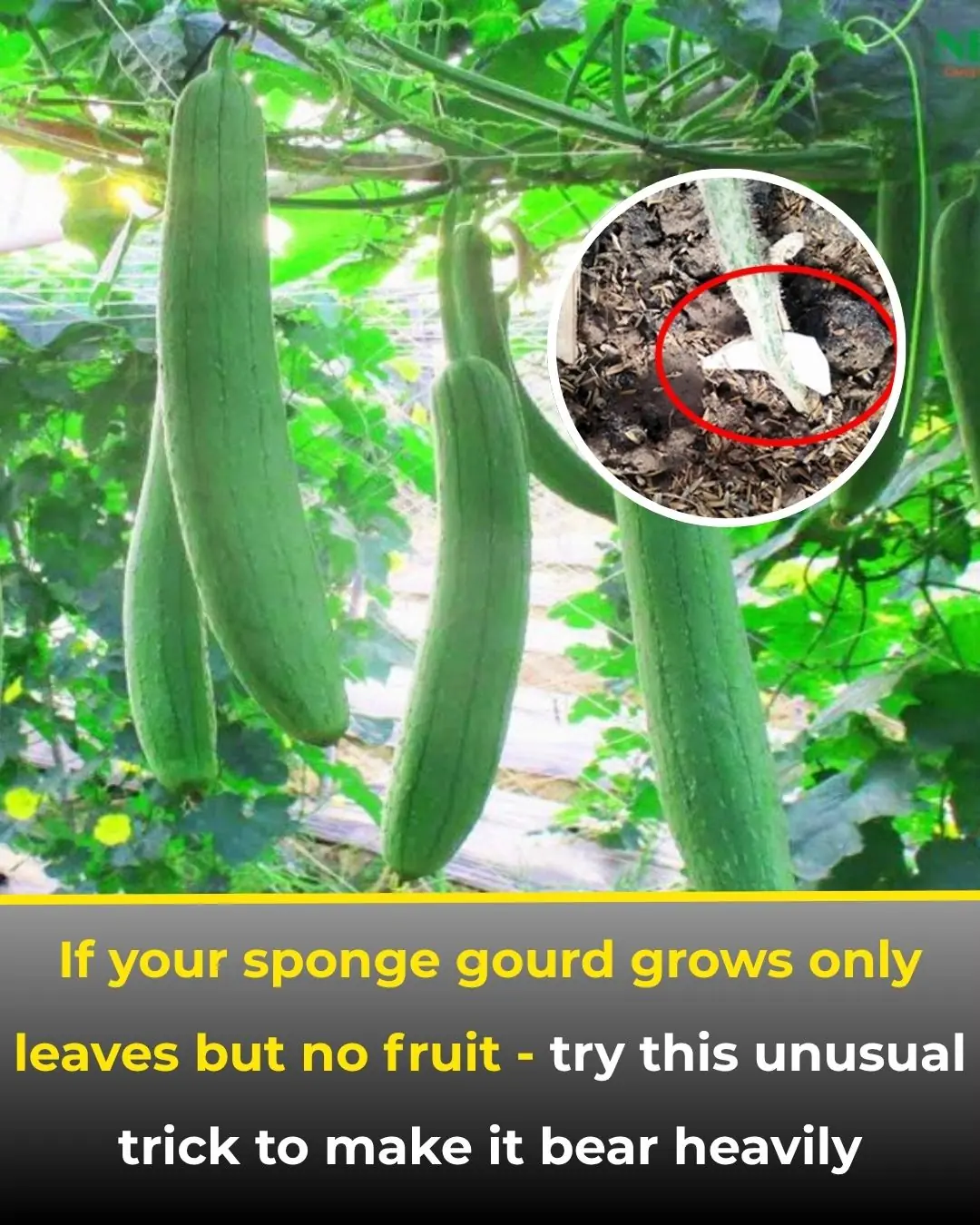
Grow Luffa Vines Full of Fruit Instead of Just Leaves — Use This Simple Trick!
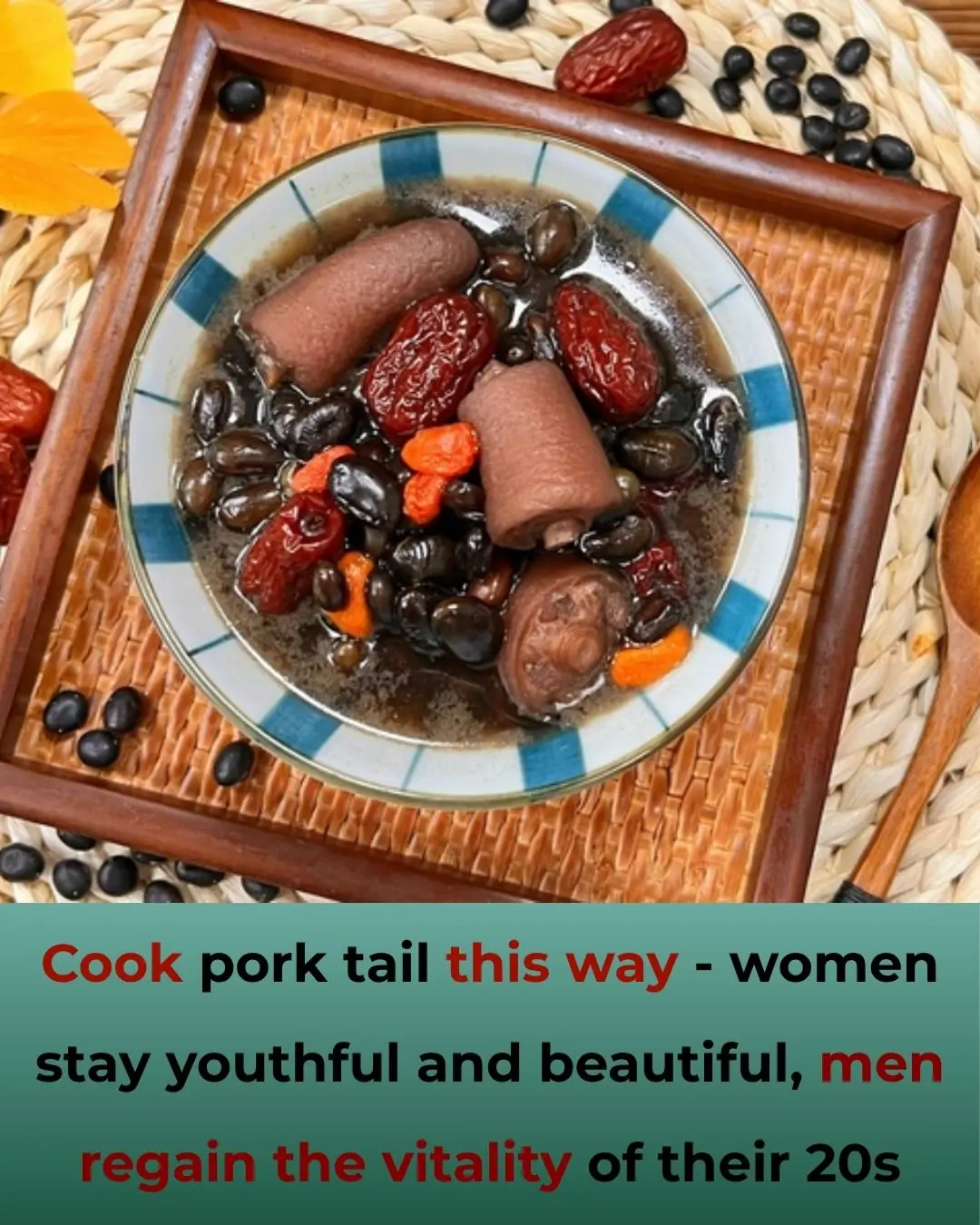
Traditional Doctor Reveals: The Pig’s Tail — A Natural “Power Booster” for Men’s Vitality and Women’s Beauty

20-year-old Young Man Suddenly Suffers Acute Kidney Failure After Eating Oysters: Doctor Reveals the “Hidden” Cause
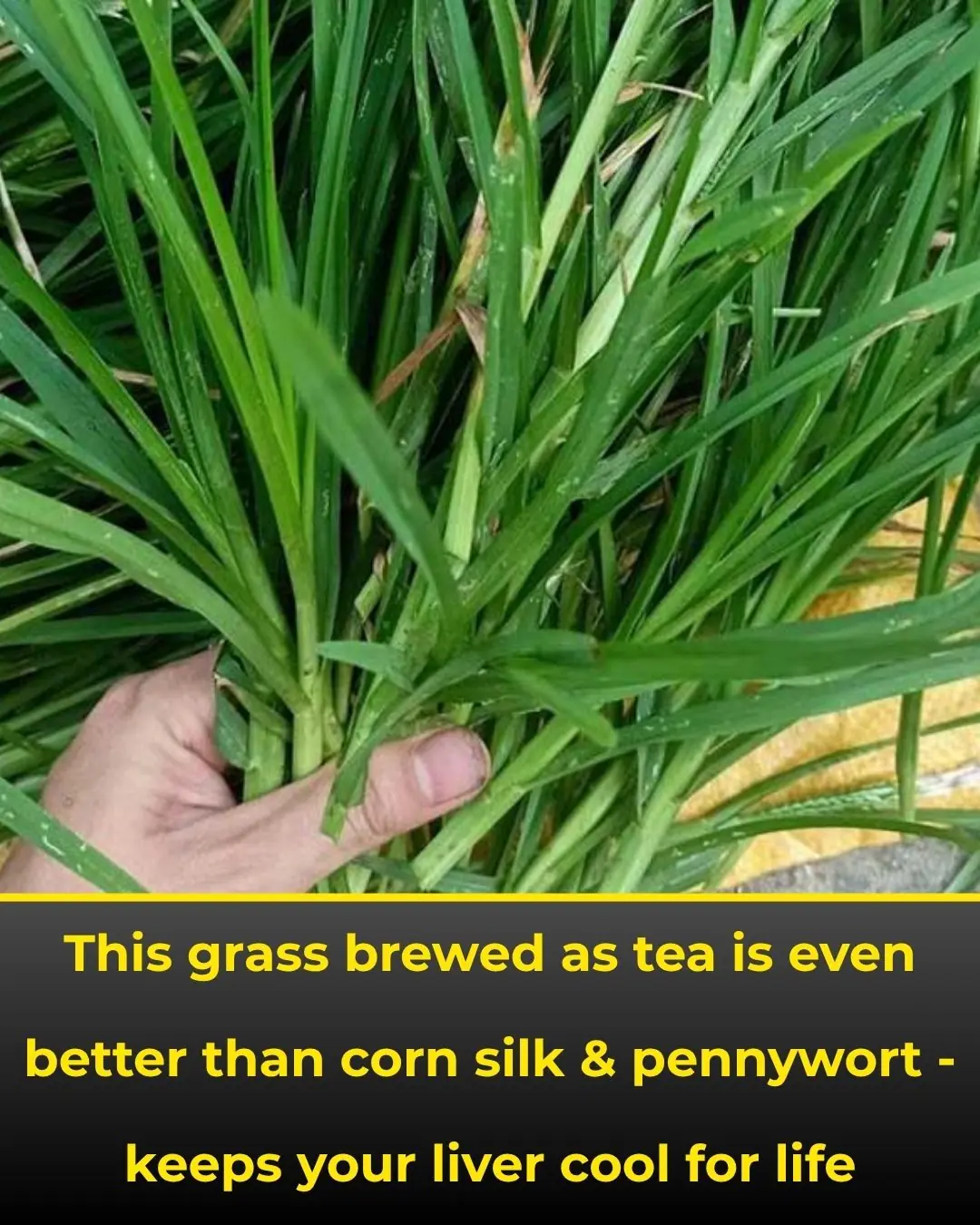
The Medicinal Benefits of Goosegrass (Eleusine indica) in Traditional and Modern Medicine

Chilling Reality: The Coffee-Drinking Habit That May Have You Ingesting 1,000+ Microplastic Particles Every Time

Natural Drinks That Cleanse and Support Kidney Health

Don’t Be Superstitious—but Be Smart: 5 Things You Should Never Pick Up from the Street

Detroit Teen Suspended For Cutting Hair At School Receives Apprenticeship From City’s Top Barber

Paul Tazewell Makes History as First Black Man to Win Oscar for Best Costume Design

This 9-Year-Old Saved Her Family After Her Parents Passed Out When Carbon Monoxide Filled Their Home

Meet The Founder Of Black Girls Golf, An Organization Looking To Make The Game More Inclusive

11-Year-Old Starts Candle Business To Save Tuition For His Dream School – Howard University

People left 'speechless' after noticing new addition to the White House website
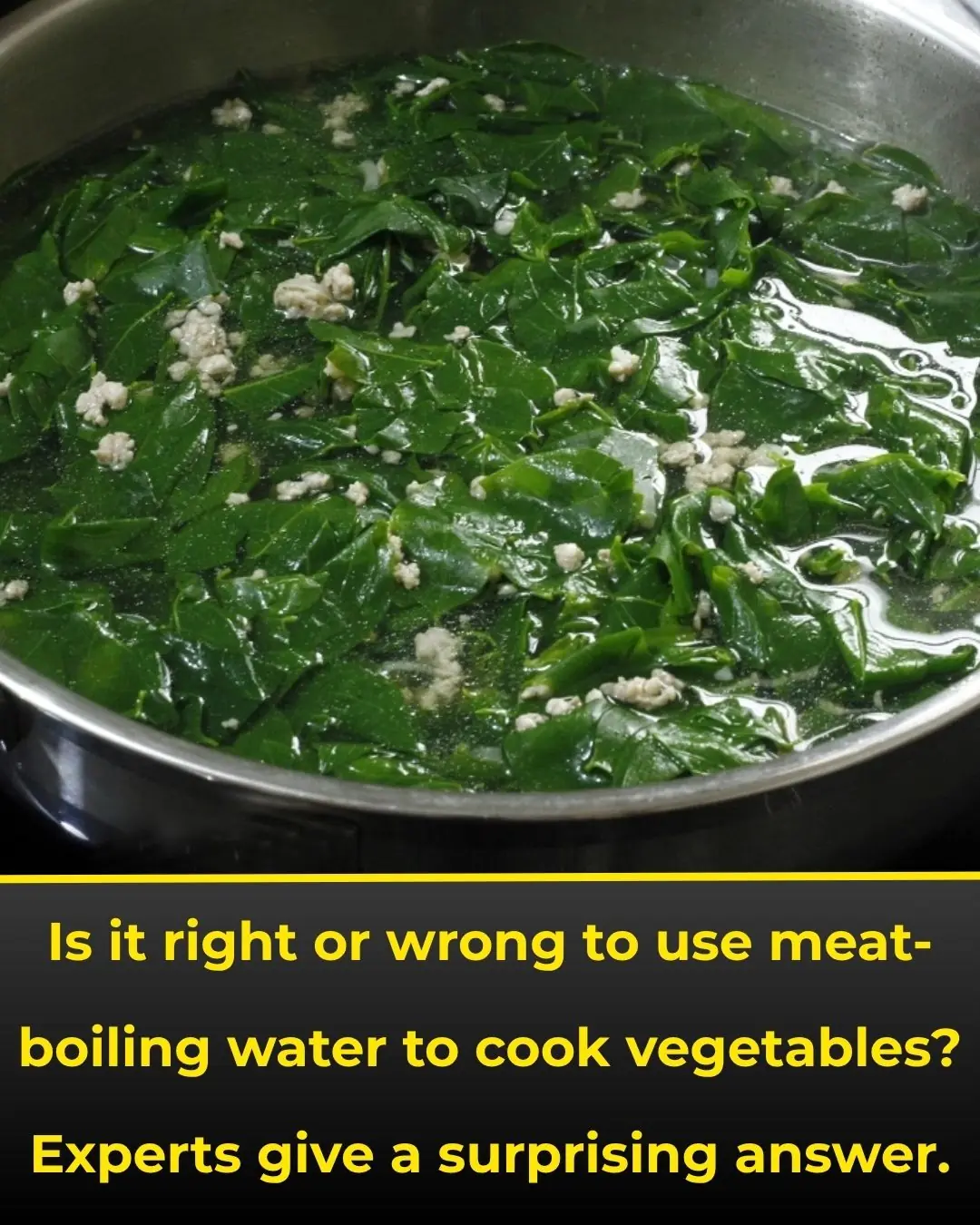
Is It Safe to Use Meat Broth for Cooking Vegetables? Nutrition Experts Give a Surprising Answer
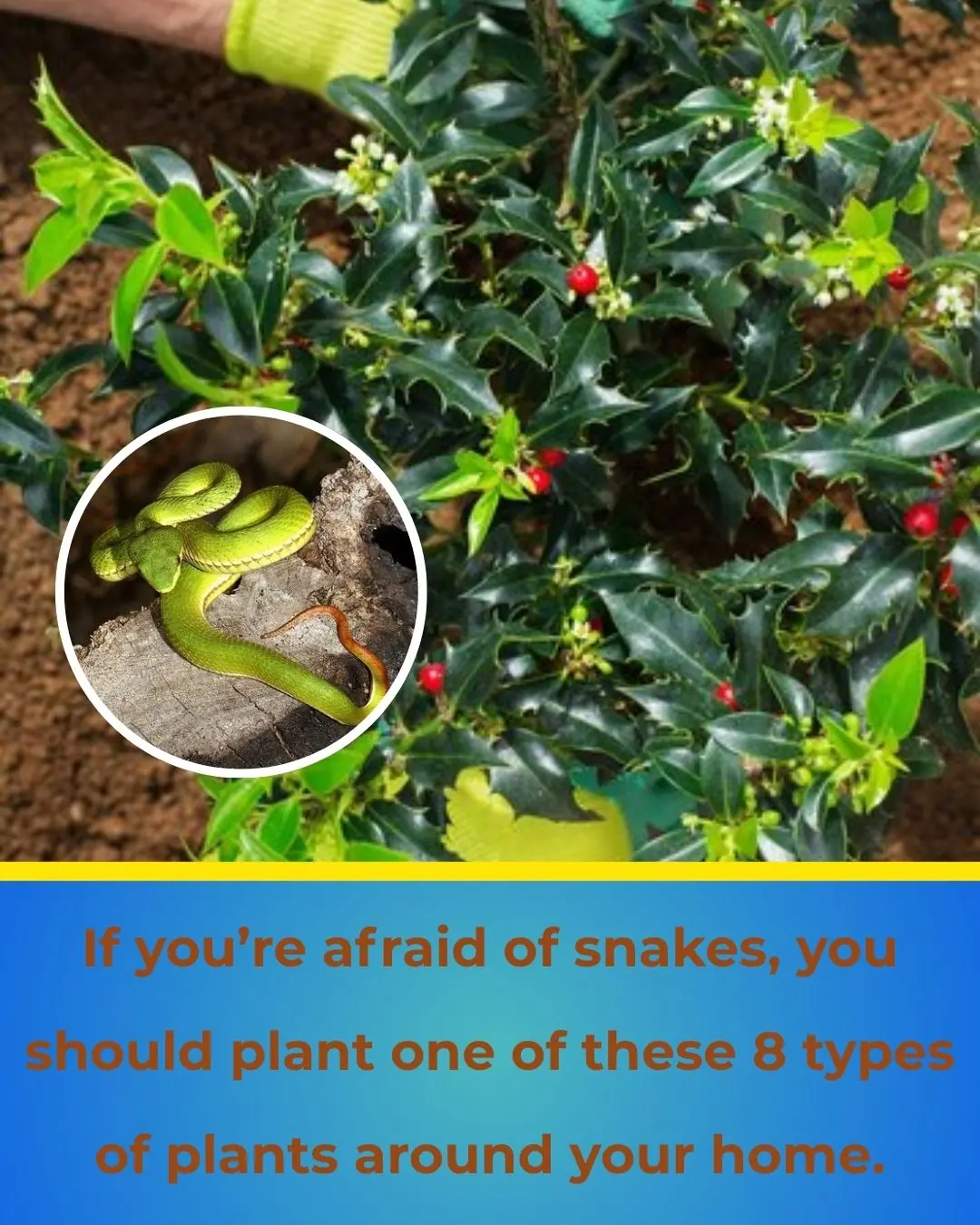
8 Plants Snakes Hate: Grow These Around Your Home to Keep Them Away Naturally
News Post

8 reasons why adding baking soda to your toilet tank is a must-do trick

My nana taught me this hack to dust ceiling fans in 3 mins with 0 work. Here’s how it works

My nana taught me this hack to lift carpet stains in 2 mins with 0 work. Here’s how it works

YouTubers spend $10,000 unboxing three jet boats from Temu and are in shock at what's delivered

Netflix star issues message to MrBeast after claims YouTube star is opening his own bank

Remembering Lee Elder, A Trailblazer Who Broke Barriers In Golf

‘Towanda Was Right’: Tamar Braxton Lands In the Hot Seat After Cozy Onstage Moment with Toni Braxton’s Husband Birdman

The Elephant That Never Forgot.

The Man Who Never Stopped Living.

The Cry in the Cane Field: A Mother Leopard’s Reunion.

The Diver Who Never Came Back: The Story of Saman Kunan.

The Girl Who Refused to Give Up: Yulia’s Story of Survival and Courage.

Camille’s Fight: The Girl Who Named Her Tumor and Found Her Courage.

A Dance for Daddy: The Soldier Who Stepped In When a Little Girl Needed Him Most.

The Man Who Gave a Turtle Its Freedom Back.

To the Ones Who Show Up: A Mother’s Letter to the Teachers Who Stand Between Our Children and the World.

The Whale Behind Them: A Once-in-a-Lifetime Encounter at San Ignacio Lagoon.

Red Onion for Hair Growth: How This Overlooked Natural Remedy Can Stop Hair Fall and Boost Thickness Fast
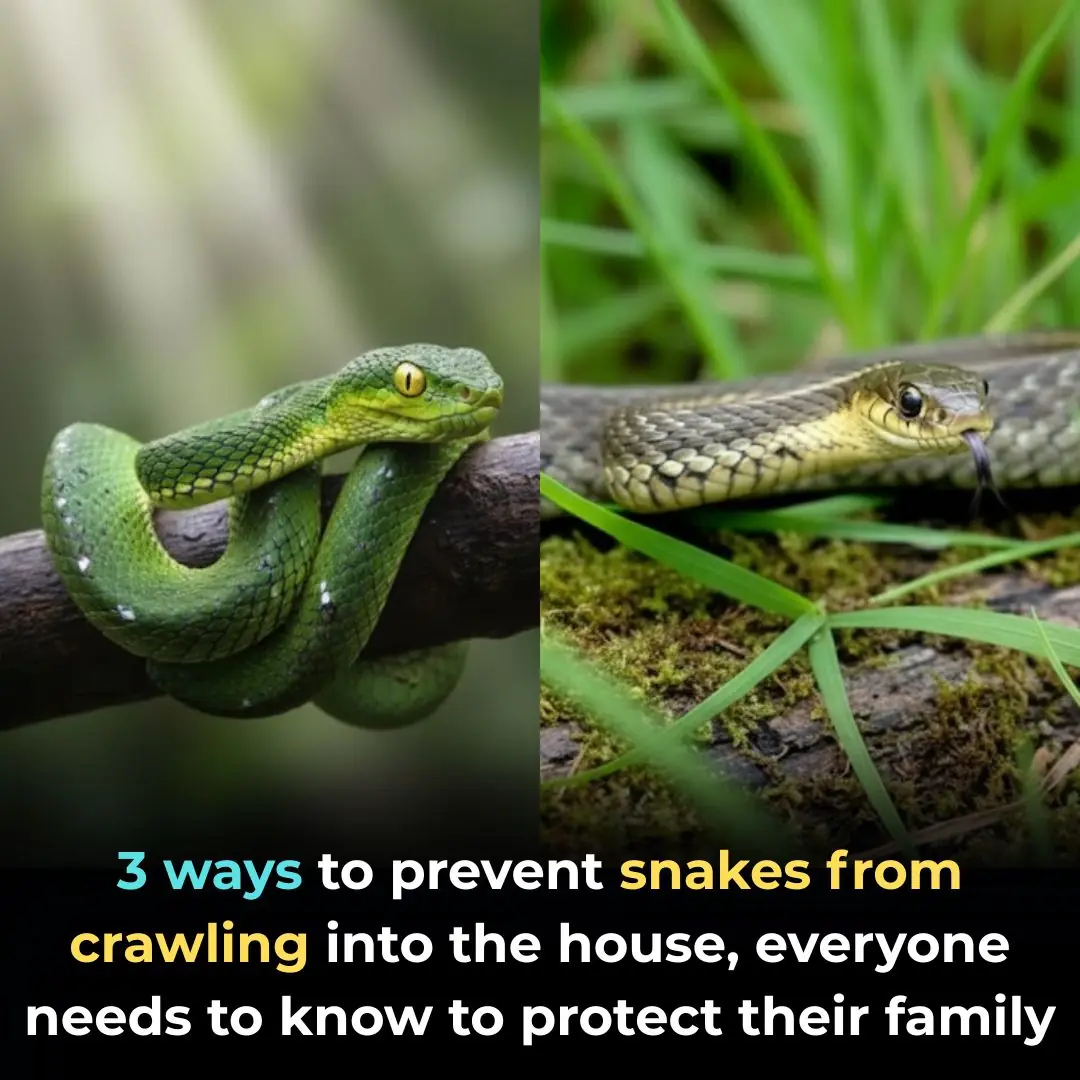
3 ways to prevent snakes from entering the house, everyone needs to know to protect their family
